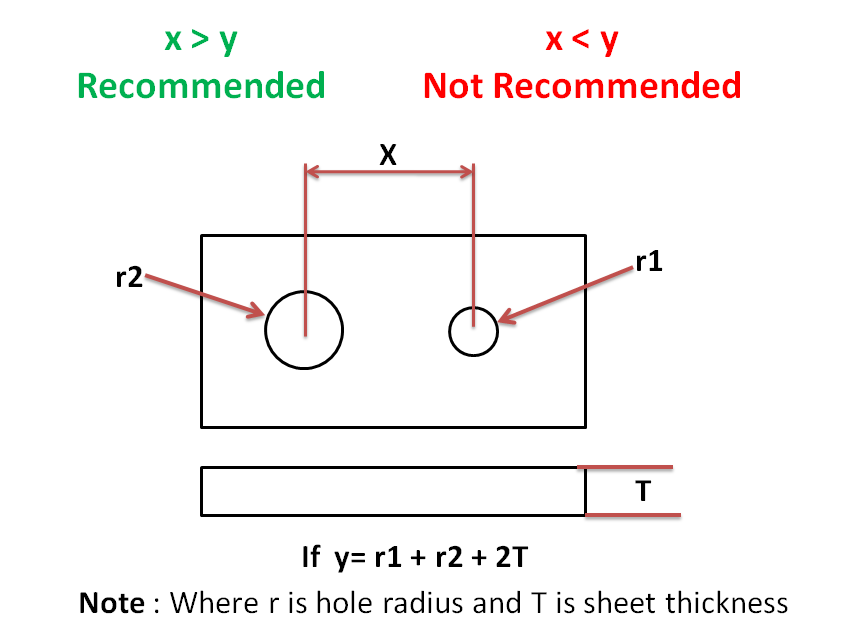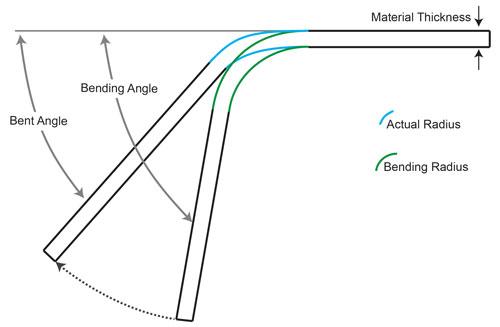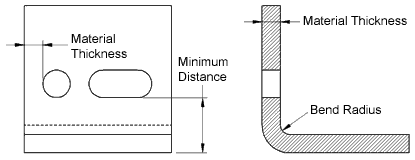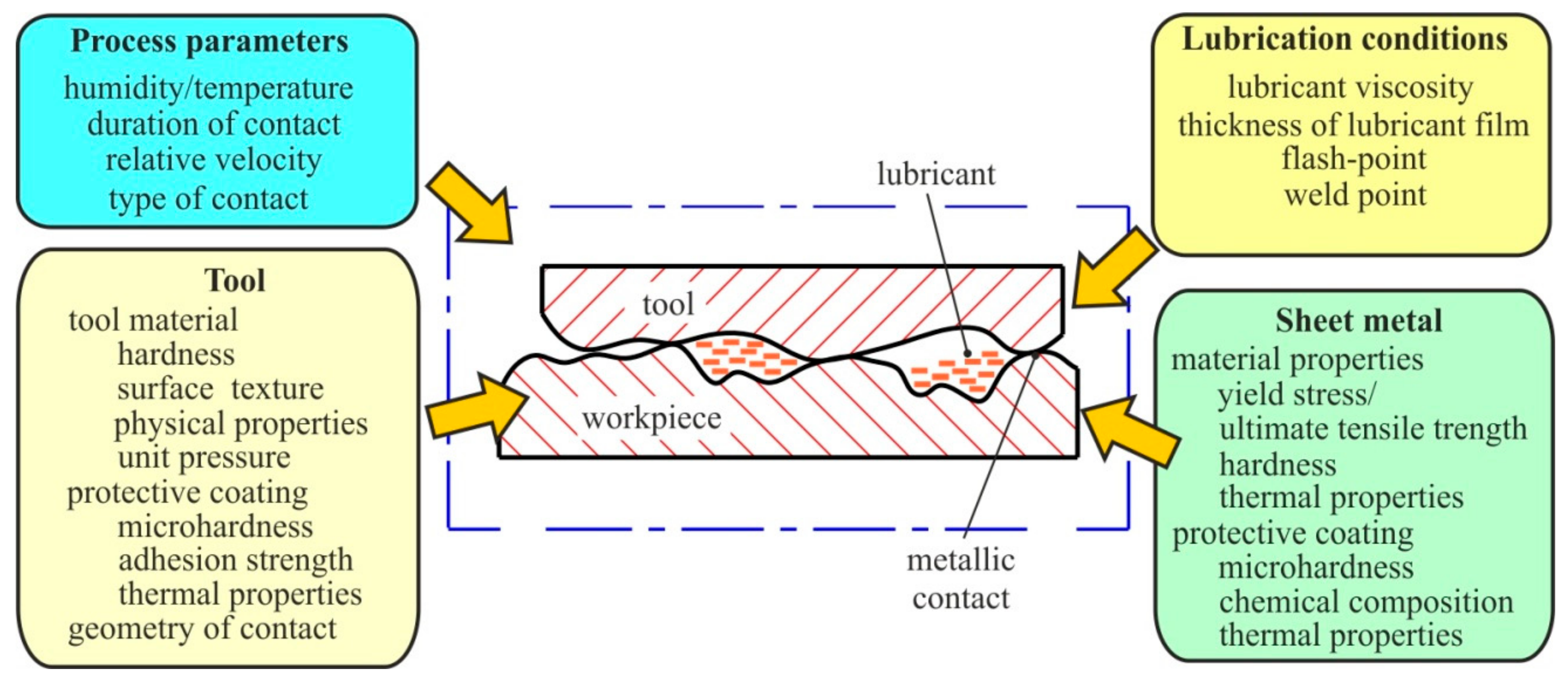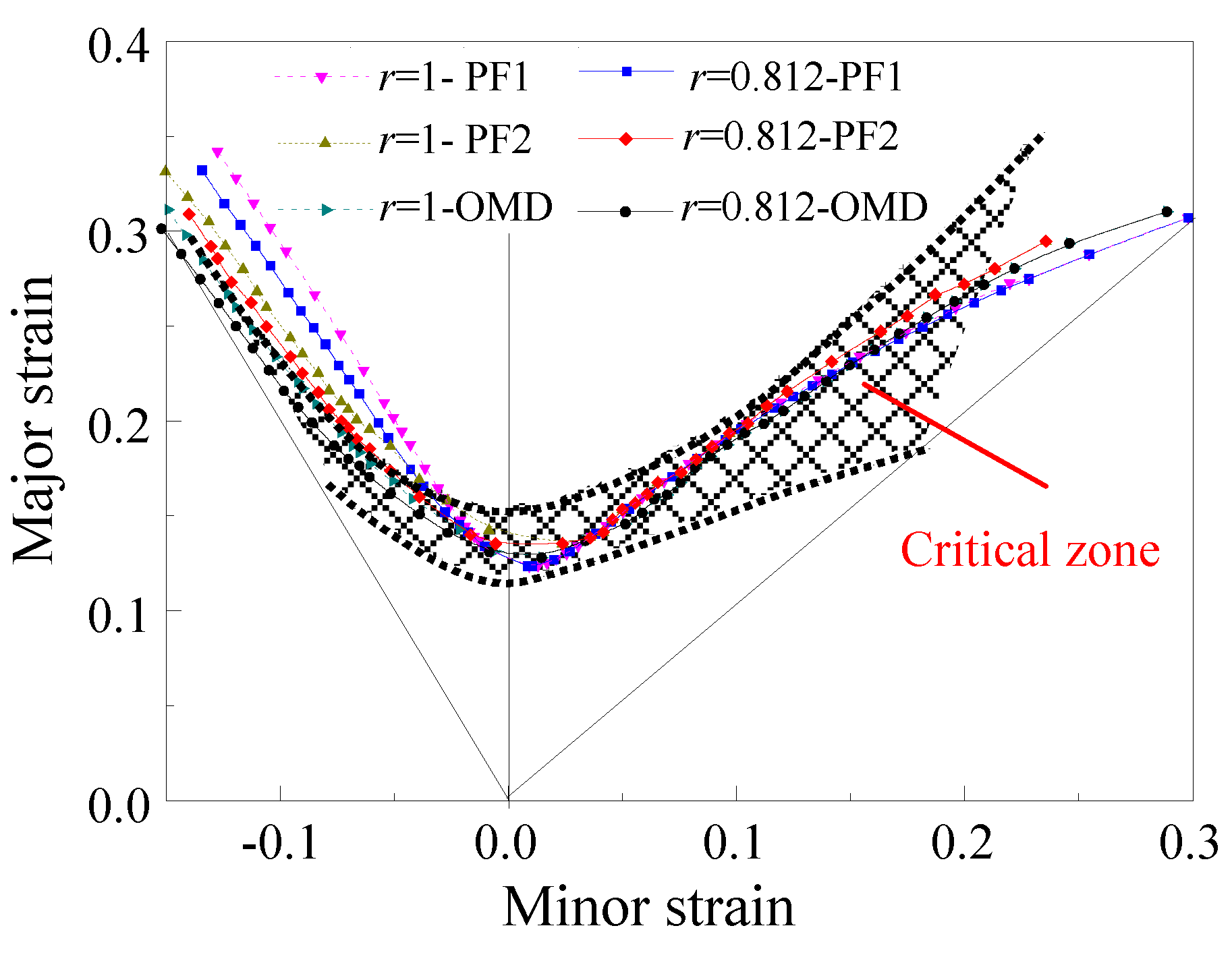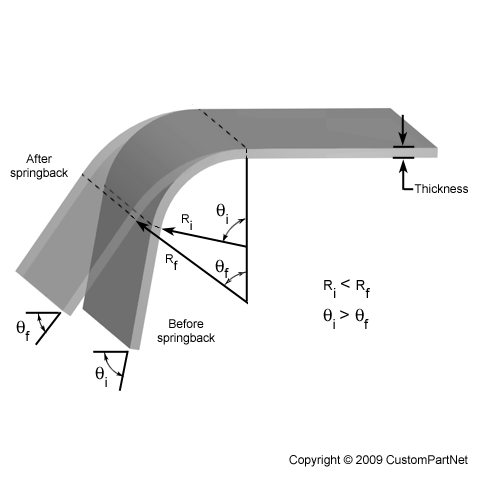When a metal is placed between the upper and lower blades of the shear and pressure is applied plastic deformation takes place.
Deformation of sheet metal based on thickness.
In sheet forming a sheet blank is plastically deformed into a complex three dimensional configuration usually without any significant change in sheet thickness and surface characteristics.
The more ductile the metal the greater the thickness of the burnish relative to total sheet thickness.
Increases in clearance or total sheet thickness will decrease the percent of burnish region.
2 6 work of plastic deformation 24 2 7 work hardening hypothesis 25 2 8 effective stress and strain functions 26 2 9 summary 27 2 10 exercises 27 3 deformation of sheet in plane stress 30 3 1 uniform sheet deformation processes 30 3 2 strain distributions 31 3 3 strain diagram 31 3 4 modes of deformation 33 3 5 effective stress strain laws 36.
It is customary to refer to a material below the thickness of 6 35 mm as a sheet and thicker materials as plate.
Thicknesses can vary significantly.
Burnish zones on the hole in the sheet metal occur at the top.
Because this book is limited to bend forming which is the.
Extremely thin sheets are considered foil or leaf and pieces thicker than 6 mm 0 25 in are considered.
At the point of greatest stress concentration fracture takes place.
Basically the k factor offsets the neutral line to provide a flat pattern that reflects reality.
Sheet metal parts with a minimum of 0 9mm to 20mm in thickness can be manufactured.
It extends into metal for about 5 to 40 of metal thickness.
Hardness and thickness variation.
Sheet metal is metal formed by an industrial process into thin flat pieces.
It varies according to material its thickness bend radius and bending method.
Deformation can be reduced although not prevented entirely by paying attention to.
Sheet metal is one of the fundamental forms used in metalworking and it can be cut and bent into a variety of shapes countless everyday objects are fabricated from sheet metal.
For sheet metal parts the thickness is the same everywhere.
When designing parts for laser cutting one should not make holes smaller than the thickness of the material.
Mishra in friction stir processing for enhanced low temperature formability 2014.
Sheet metal fabrication is a cold processing process which is commonly used for punching bending drawing and forming.
By using it you get the bend allowance which is in essence the length of the curved neutral axis.
Sheet metal usually refers to a thin metal plate with a thickness of 6 mm or less.
Because sheet metal parts are manufactured from a single sheet of metal the part must maintain a uniform wall thickness.
